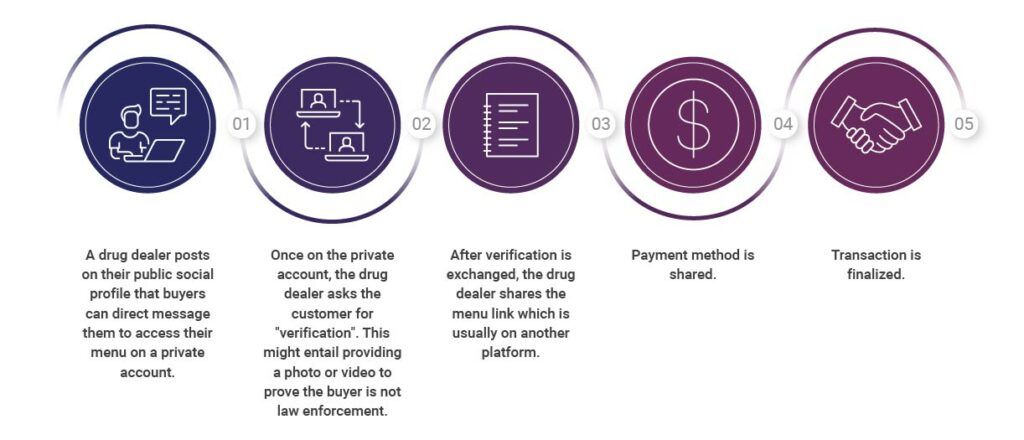Young People and Substance Use Disorder
October is Youth Substance Use Prevention Month, highlighting prevention and treatment efforts to keep adolescents drug free. Although drug use has always been a concern for teens, there are specific challenges that today’s youth face. Thankfully, since the coronavirus disease 2019 (COVID-19), a National Institutes of Health survey has shown that illicit use of drugs in teens has decreased, with 11% of eighth graders, 21.5% of 10th graders, and 32.6% of 12th graders reporting any illicit drug use in 2022. Comparatively, in 2019 14.8% of 8th graders, 31% of 10th graders, and 38% of 12th graders reported illicit drug use. The use of narcotics, other than heroin, increased only slightly from 2021, from 1.0% to 1.7% of 12th graders reporting use in the last year. This number has decreased significantly over time; the peak being 2005 with 9.5% of 12th graders reporting the use of narcotics other than heroin.
Although these numbers have declined, sadly, the death toll resulting from adolescents using controlled substances has gone up. This is largely due to fentanyl poisoning. According to a JAMA Network study, from 2019 to 2020, the number of overdoses that led to death increased by 94.03%, and from 2020 to 2021, it increased by 20.05%. In 2021, there were 1,146 overdose deaths of adolescents in the US – more than double the number of overdose deaths in 2010 (518).
Where is the Fentanyl Coming From?
A lot has changed about how teens use the internet in the past decade, and unfortunately that includes their ability to purchase drugs online and on social media. Online drug dealers sell illegal, falsified drugs and can replace the active ingredient with fentanyl to increase profits. Teens will turn to social media to buy drugs like Xanax, OxyContin, or Adderall for unprescribed use without realizing the major risk that the pills they are buying are not what the seller claims they are, or that they have been tampered with.
Example of an online transaction

Because almost all teens have access to social media (over 95% have smartphones), parents may not be aware that their teens can purchase drugs illegally through social media or may not be aware of the risk of illegal drugs at all.
How Pharmacists Can Help
Pharmacists play a major role in treating conditions like Substance Use Disorder (SUD) and Opioid Use Disorder (OUD) by administering Medications for Opioid Use Disorder (MOUD), working with physicians to create OUD treatment plans, providing resources and recommendations to patients with OUD, identifying red flags in patients with OUD, and much more.
According to a 2021 Journal of Substance Use & Addiction Treatment survey, access to care for youth with OUD is often delayed, and although MOUD is recommended for young patients by the American Academy of Pediatrics, only 4.7% of adolescents with OUD receive MOUD treatment within the first 3 months of diagnosis. Teens who received buprenorphine, naltrexone, or methadone were 42%, 46%, and 68%, respectively, less likely to discontinue treatment compared with teens who only received behavioral treatment. Pharmacists are in a prominent position to discuss MOUD with patients.
Typically, the earlier a person starts using alcohol or other drugs, the greater their lifetime risk of addiction. In addition to the risk of developing SUD or OUD, teens run the even more dangerous risk of death by overdose due to the rise in fentanyl poisoning and the ability to purchase narcotics and other illegal drugs on social media.
With the recent updates in legislation surrounding MOUD, specifically buprenorphine, pharmacists will be able to administer OUD treatments much more efficiently than in the past. Naloxone is now also available without a prescription, and pharmacists are in accessible positions to educate patients and their families on how to administer the life-saving drug in case of emergency.